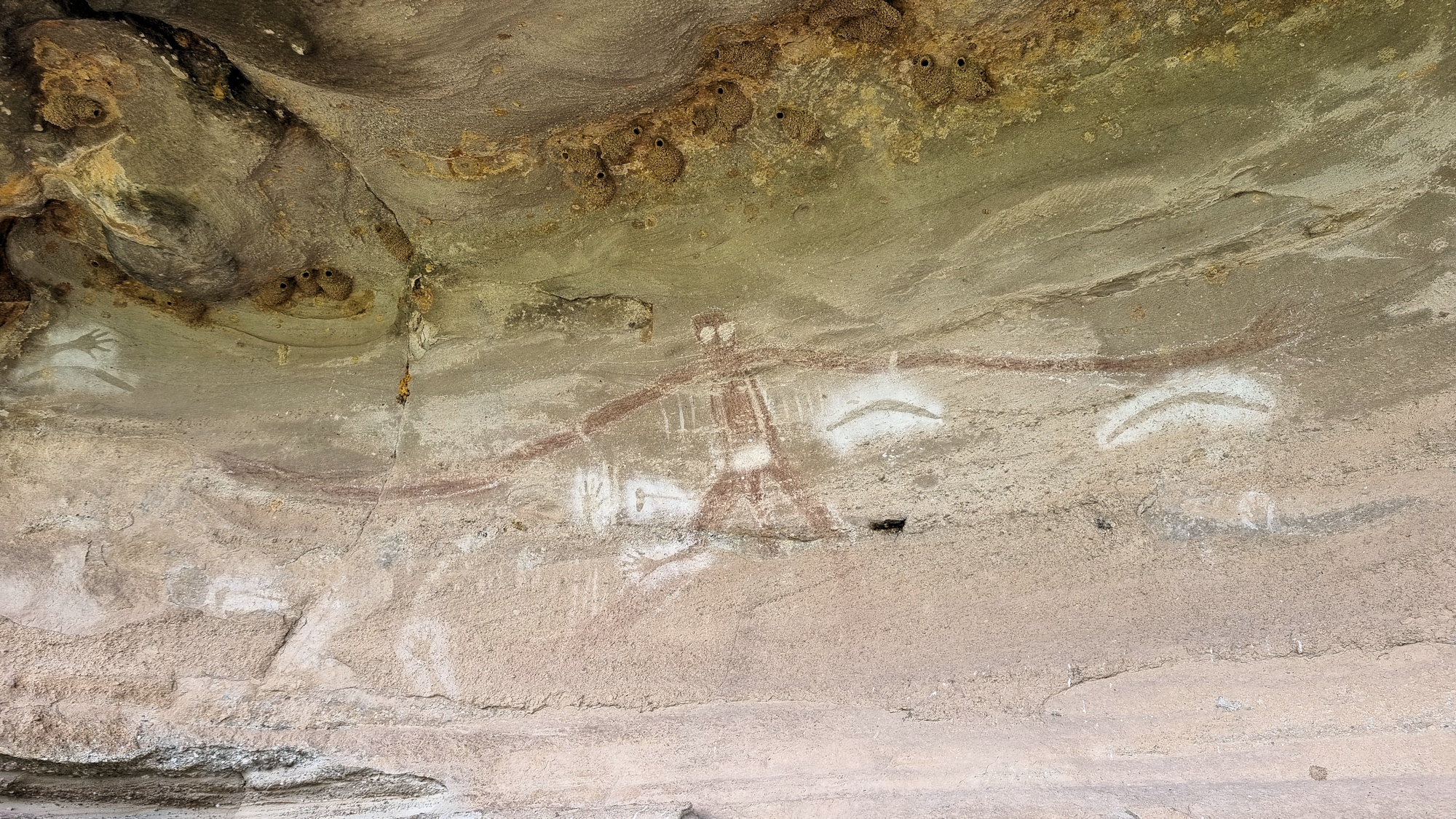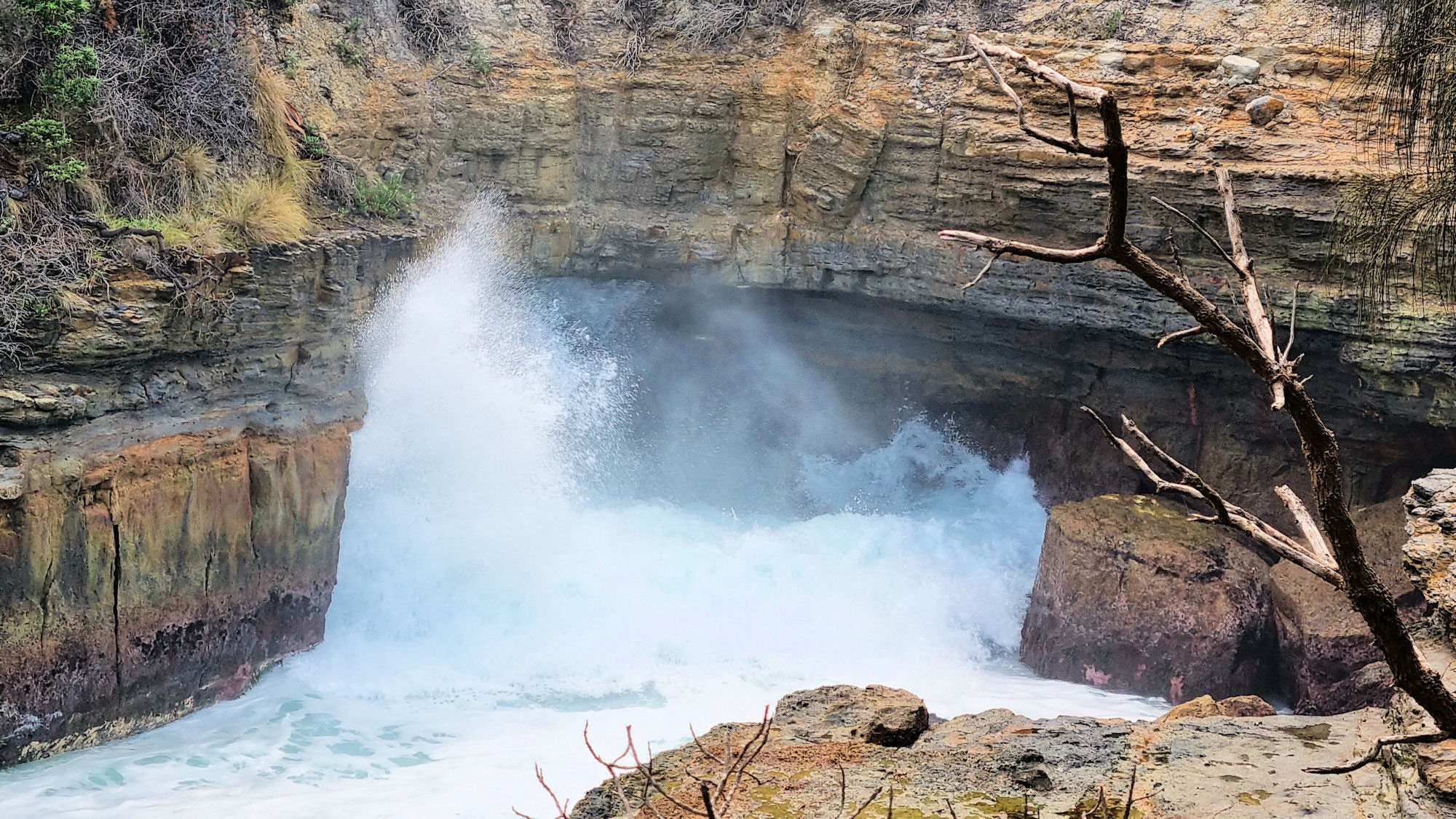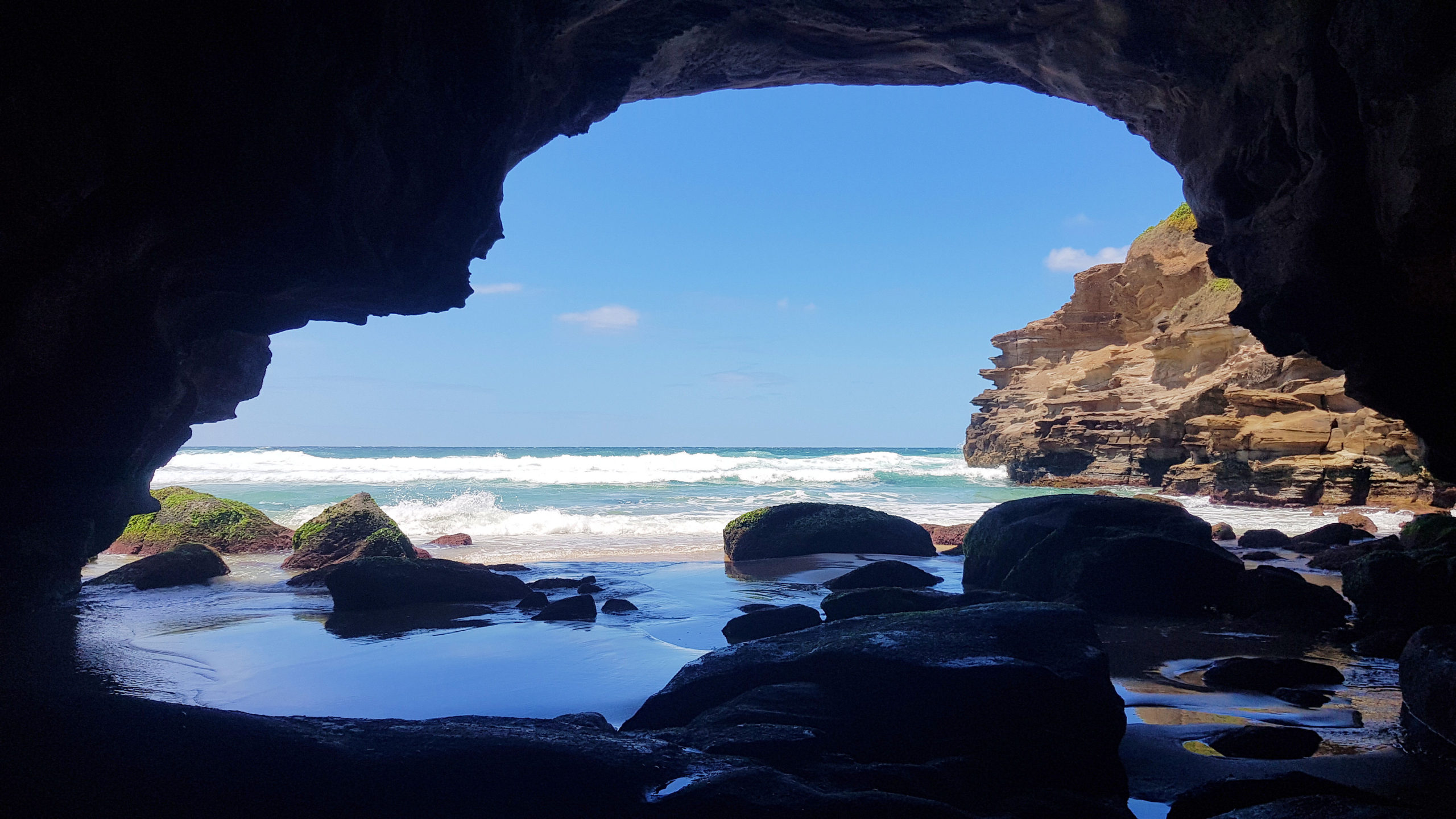Category: Caves
-
Baiame Cave Milbrodale Hunter Valley

Baiame Cave Milbrodale Hunter Valley It’s amazing what you can find close to home that you didn’t know existed! It’s even on the local council website, but we somehow failed to see it. About 25 minutes down the Putty Road from Singleton, the Baiame Cave at Milbrodale contains a significant example of Aboriginal art. Significance… Read more
-
Amazing Geological Sites on the Tasman Peninsula

Amazing Geological Sites on the Tasman Peninsula The rugged Tasmanian coastline lends itself to the formation of amazing geological sites, with many grouped together on the Tasman Peninsula. Tessellated Pavement Tasman Arch The Blow Hole Remarkable Cave Tessellated Pavement Best accessed at low tide, the tessellated pavement at Eaglehawk Neck resembles human-made pavement. During our… Read more
-
Ghosties Beach and the Rainbow Cave

Ghosties Beach and the Rainbow Cave Getting There and Parking Located in Catherine Hill Bay South of Newcastle, Ghosties Beach and the Rainbow Cave (also called Ghosties Beach Cave) are an amazing place to visit, because of their beautiful colours and setting. We parked near Moonee Beach, as we were also visiting the Pink Cave.… Read more